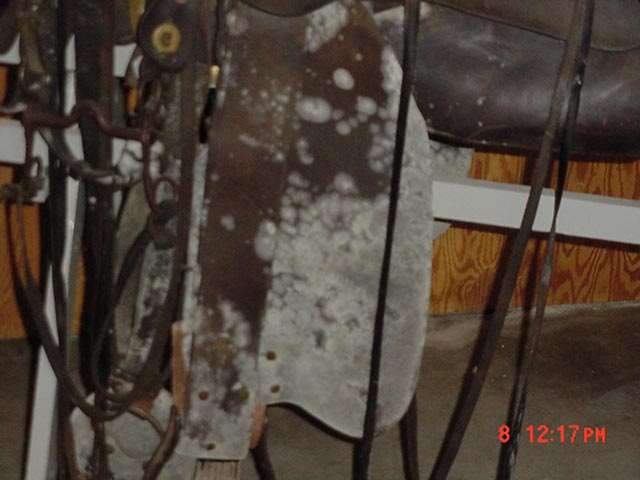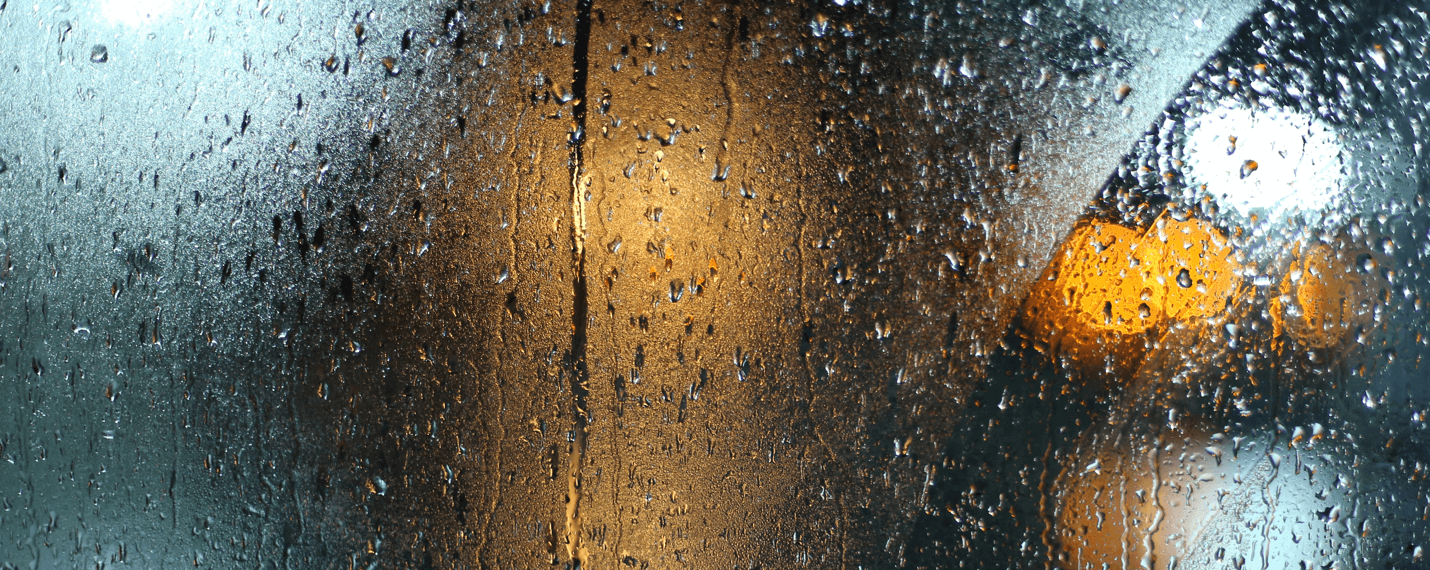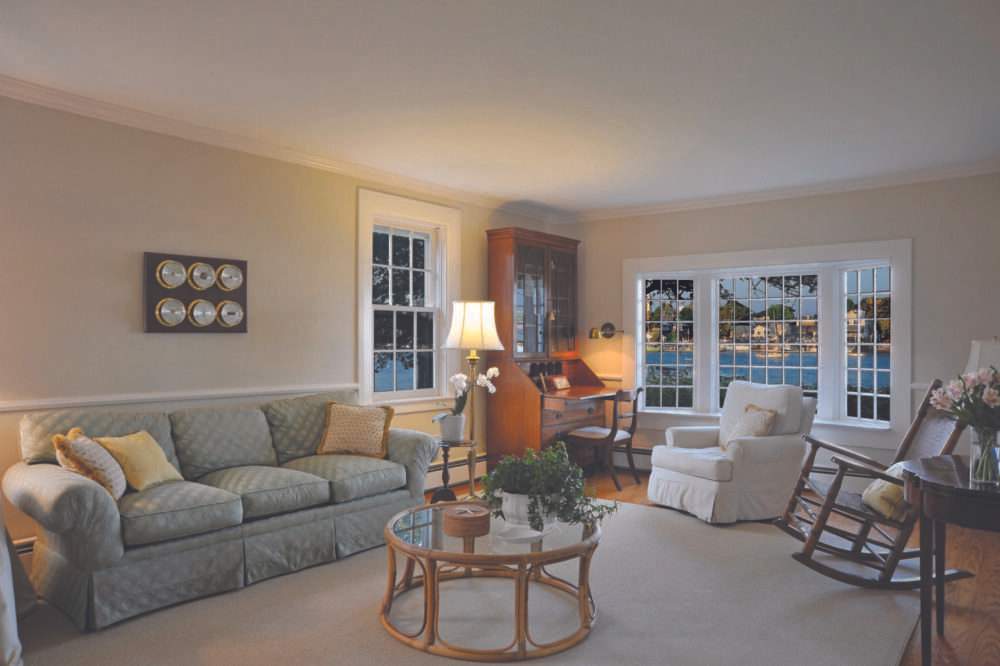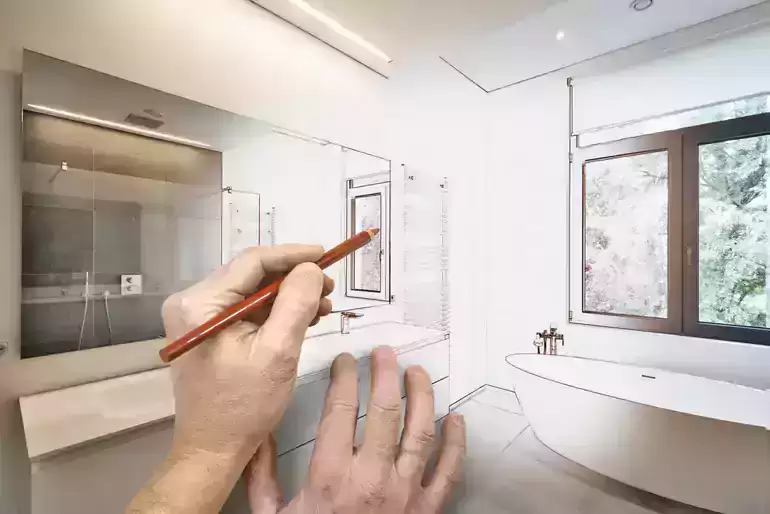Maintaining humidity in homes and using appropriate materials for that,
The natural humidity level drops dramatically in the winter, making our homes feel less comfortable.
Increased humidity can have many benefits for comfort, health, and hygiene.
Fortunately, there are many easy ways to add humidity to your home, so you can experience all the benefits of a home environment with the right humidity.

Benefits of increasing the humidity in your home
A home with a healthy humidity level can have many benefits.
Ideally, the humidity level in the house should be around 45%, and if it drops below 30%, it is too dry.
And if it is higher than 50%, high humidity may start to feel uncomfortable.
If the humidity level in your home remains around 45%, your living environment will be cleaner, safer, healthier, and more comfortable.
Benefits of maintaining ideal humidity levels for your home in the winter include:
Preventing common illnesses and symptoms: Viruses, such as those that cause influenza and the common cold, are transmitted more easily in dry air.
Air at the right humidity level also prevents sore throats and headaches and reduces contact lens discomfort.
Better Dust Control: An ideal humidity level helps keep dust, allergens, and pollutants out of the air, making the air cleaner and healthier to breathe.
Hydrated skin: Symptoms of dry, irritated skin decrease with increased moisture.
Proper Furniture Care: Extremely dry air can be harsh on wood furniture, laminate floors, pianos, and more, as proper humidity prevents warping or cracking.
Reduces electrostatic shock: Dry winter air provides the perfect conditions for those pesky little shocks we experience when we touch certain surfaces. Prevent this by increasing the humidity of the house.

The best building material for hot humid climates
When considering the best building materials for a hot and humid climate, protection against moisture and heat damage is paramount.
The best building materials for hot and humid climates may include:
Permeable interior wall coverings: allow moisture to escape from a building.
Fasteners: Stainless steel and aluminum fasteners would be the best choice for rust repellency
Vapor barriers: Vapor barriers under the house can prevent moisture from seeping through the floor
House Envelope: House enclosure protects the house from moisture, but also allows moisture to evaporate
The best roofing material for hot climates
The best roofing building materials for hot and humid climates are durable and waterproof. These may include:
Asphalt shingles: This roofing material works well in terms of preventing mildew and mold but is not energy efficient.
Cedar roofing: easy to replace and energy saving.
Metal Roof: Even in dampness, a powder-coated metal roof can withstand the weather and last 30 to 40 years.
Spanish Tile: Protect Spanish tile roofs from mold, rodents, heat and moisture for up to 100 years.
Slate roofs: If you never want to replace your roof and are looking for a completely waterproof option, slate roofing is the best.
Regardless of your roofing material, it is important that the “foundation” of the roof is also built properly.
And the roofs must be placed on a membrane that prevents any leakage from reaching the lower layer.
Keep in mind that poorly ventilated roofs make all roofing materials a few degrees higher, which in turn makes it harder to cool your home.

Insulating building materials that work best
The following insulation materials are good choices in our hot and humid climate:
Fiber glass
Mineral wool
Cellular glass
plastic foam insulation
Mold cannot grow on it, but it can on paper backing or Fiberglass Scream Kraft (FSK) boards.
Make sure the insulation is completely dry when you install it, and remove any insulation that gets wet during construction.
Lighting and natural lighting in interior design










